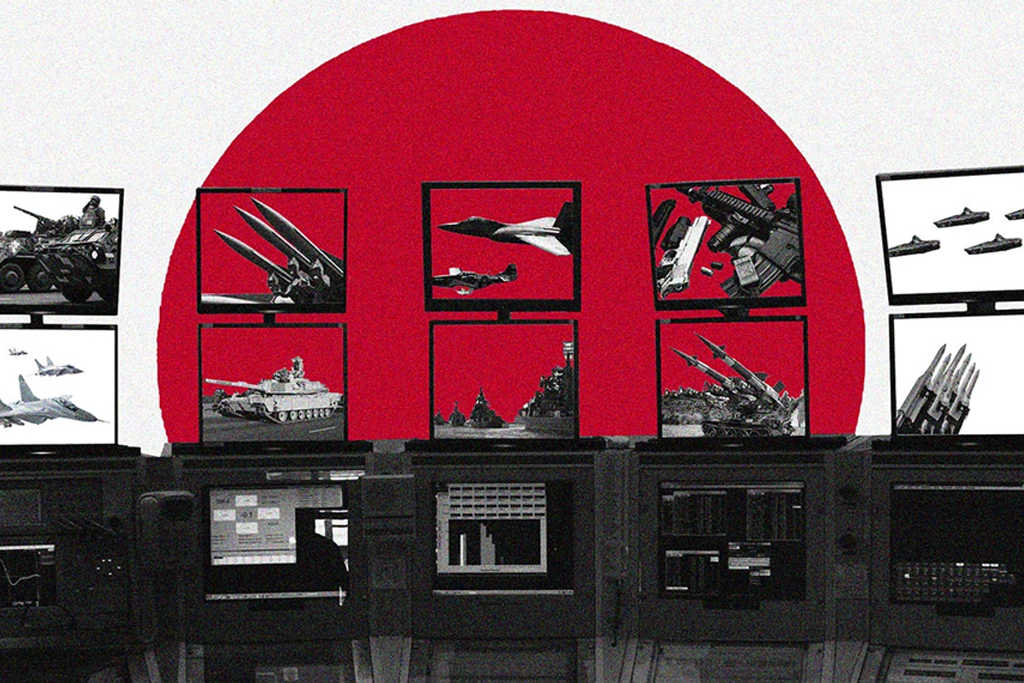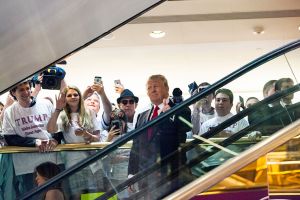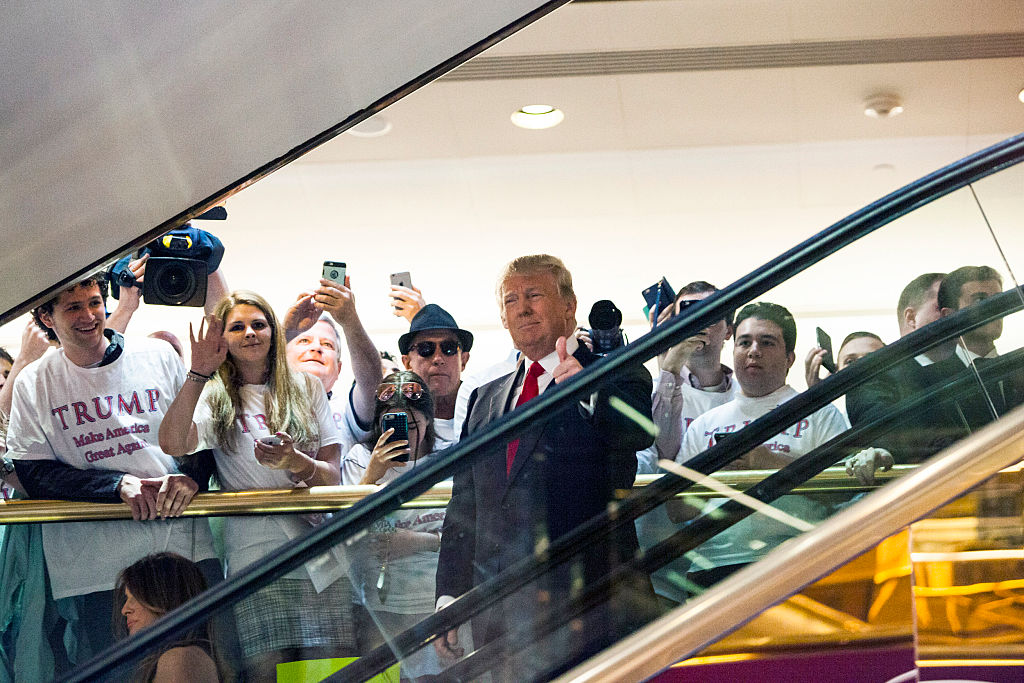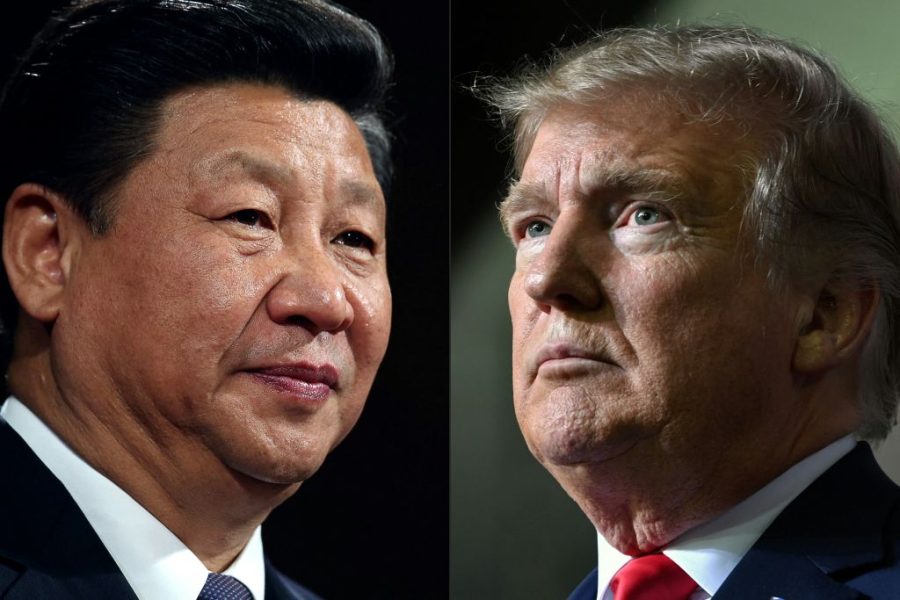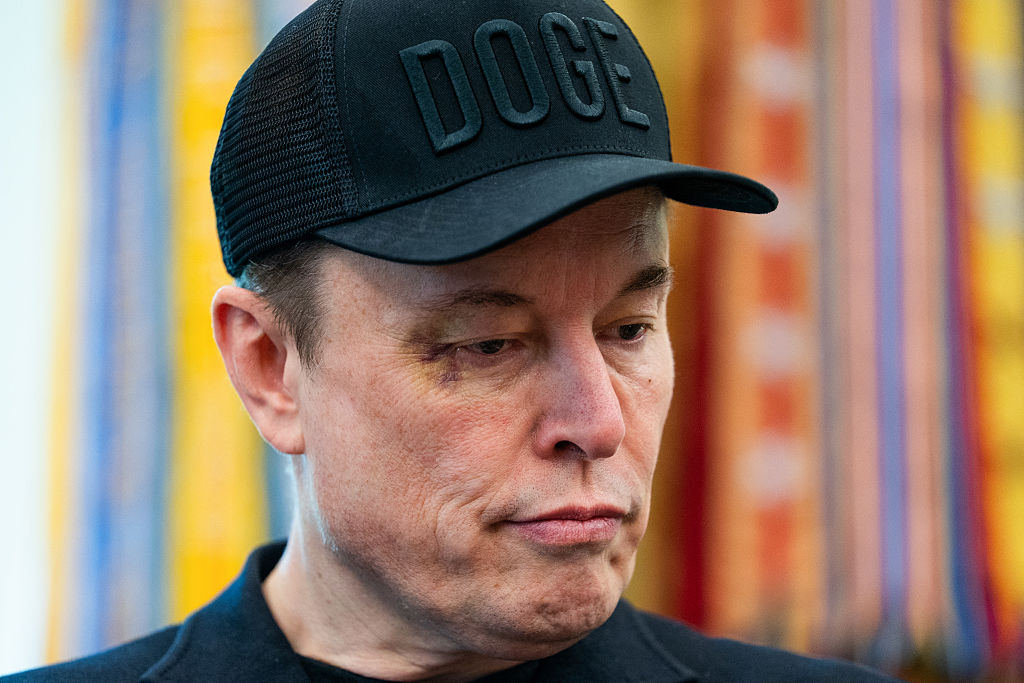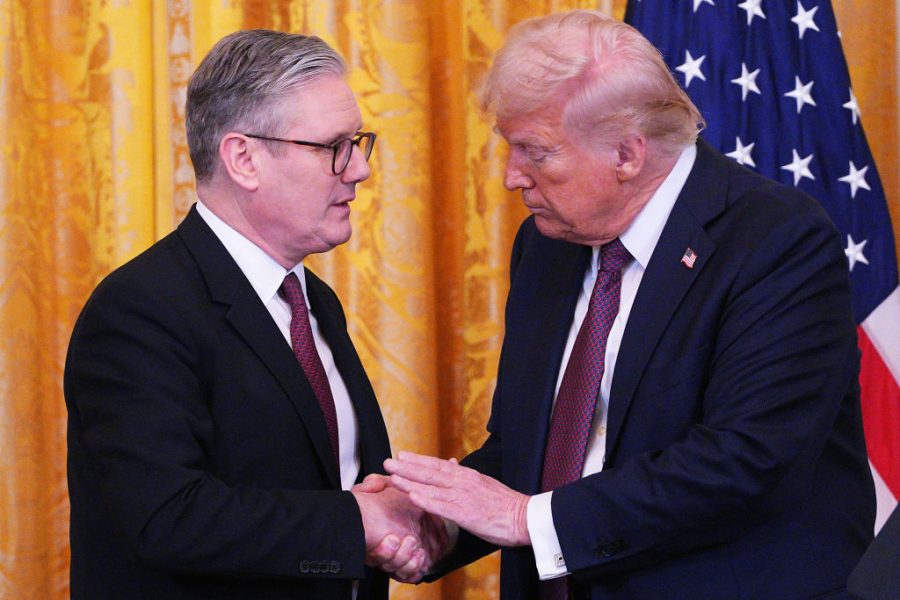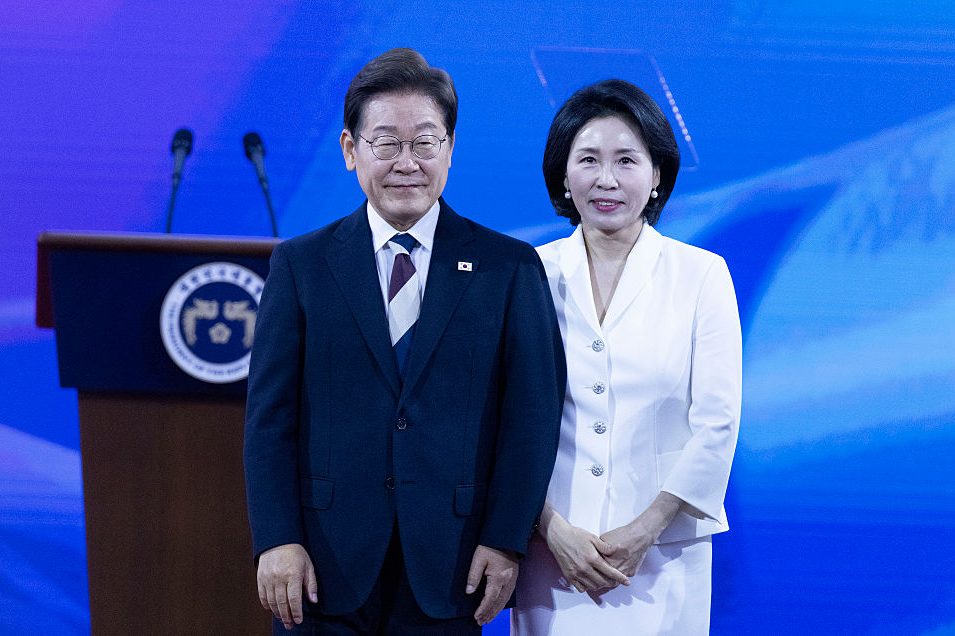As the world’s attention focused last month on whether to send tanks to Ukraine, Japan’s prime minister Fumio Kishida was on a whistle-stop tour of the West. He held various meetings with G7 leaders, including Joe Biden. His objective was clear: to create a new alliance that can counter China.
Japan adopted a “peace constitution” in 1947 when it was occupied by the US, pledging that the country would never again wage war. For the past half a century, the military budget was capped at 1 percent of GDP, and Japan sought to project its image abroad as a semi-disarmed economic giant, an Asian Germany of sorts.
Now all this has changed. Kishida is increasing Japan’s defense spending over the next five years by nearly 60 percent and acquiring weapons it has long avoided, such as “counterstrike” missiles, long-range precision weapons and American Tomahawks. There are plans for more joint exercises with US forces in the Pacific, and Tokyo is investing heavily in its cyber-capabilities.
Kishida described this new alliance as a “turning point.” That was an understatement. Japan is making its military priorities clear for the first time since the end of World War Two, and is seeking to reshape Asia’s economy at a time when America’s economic clout in the region is giving way to China’s.
Kishida’s meeting with Biden was part of a wider US pushback against China. Lieutenant General James Bierman, commanding general of the Third Marine Expeditionary Force and of Marine Forces Japan, recently told the Financial Times: “We are setting the theater in Japan, in the Philippines, in other locations.” That theater, he implies, is one where the performance might be a US-China conflict.
Japan’s decision to become part of the theater in question is inseparable from the issue of Taiwan. This week, a leaked memo outlined in stark terms American fears of a Chinese invasion. General Mike Minihan, who heads the US Air Mobility Command, wrote in the private briefing: “I hope I am wrong. My gut tells me we will fight in 2025.” He reasoned that Taiwan’s next presidential elections are in 2024, as are the US’s, potentially creating a “distracted America,” which would benefit the Chinese president. “Xi’s team, reason and opportunity are all aligned for 2025,” he concluded. Beijing, which hosts secretary of state Antony Blinken on Sunday and Monday, warned that General Minihan’s comments were “reckless.”
To counter China’s claims over the East and South China Seas, Japan has been forming a “Quad” with Australia, India and the US on naval maneuvers. Meanwhile, America’s marine deployments on Japan’s southwestern islands, near the Taiwan Strait, are being upgraded. Last week, the US Marine Corps opened Camp Blaz, its first new base in seventy years, on the Pacific island of Guam. It will have 5,000 marines and is partially funded by Japan. The US is also pushing the Philippines to allow it access to four military bases in the Asia Pacific. In return, the US has offered Manila military equipment, including drones, giving Filipino forces the ability to monitor activity in the South China Sea.
It’s easy to see why Kishida believes Japan should be prepared to join America in any contingency plans for a Chinese attack on Taiwan. An invasion could easily drag Japan into a conflict that would directly threaten its security and Tokyo knows how bloody a confrontation with China could be. A recent wargame run by Washington’s Center for Strategic and International Studies think tank suggested a Chinese invasion of Taiwan in the mid-2020s might fail, but only at a very significant cost in American, Japanese and Taiwanese lives, as well as money.
Besides Taiwan, there is another maritime dispute that Japan fears could flare up this year: the Senkaku Islands. Japan controls these uninhabited strips in the middle of the East China Sea. Yet China refers to the islands as the Diaoyu and refuses to acknowledge Japan’s control, instead making a rival historical claim. For decades, the Chinese have argued that they have authority from the Cairo Declaration made in 1943, which stated that after Japan’s defeat certain (unspecified) Japanese imperial island territories would be restored to China. This November marks the declaration’s eightieth anniversary, and China could mark it with naval drills near the islands.
One problem with the new Japanese-western alliance is that the sides are not on the same page about every authoritarian state. There are only two countries which Tokyo perceives as an existential threat: China and North Korea. Russia doesn’t feature high on the list — whereas for Europeans it is the major adversary (although Kishida recently indicated he was willing to visit Ukraine, possibly as a nod to his European allies).
A further complication is that Japanese business continues to be a major investor in China. While Japanese companies are slowly moving some of their factories out of the country, the internal Chinese market itself is still a large prize. In 2021, Japan invested more than $8 billion there.
There is understandable skepticism, too, over whether its new defense strategy fully adds up. The government was already beset by a heavy national debt before the decision to increase the defense budget. “It’s a recipe for waste and inefficient allocation of resources,” says Jeff Kingston, professor of history at Temple University in Tokyo. Japanese politicians, he argues, have “submitted a poorly thought-out Christmas wish list that leaves defense analysts puzzled.”
Domestic issues could also threaten Japan’s plans. The country is getting old. The economic boom ended in the early 1990s, and it has been suffering a demographic crisis for longer than that; a quarter of its population is now aged over sixty-five. Younger people are increasingly reluctant to get married and have children. Kishida has even warned that his country is on the brink of not being able to function because of the declining birth rate. People across all age groups are wary of China, but Japan doesn’t yet give the impression of a society gearing up for a full-blown conflict.
Kishida’s ambition to turn Japan into a military power to take on the People’s Liberation Army might be real. Yet his plans will have to take into account demographic and geopolitical constraints that will not be easily overcome.
This article was originally published in The Spectator’s UK magazine. Subscribe to the World edition here.



